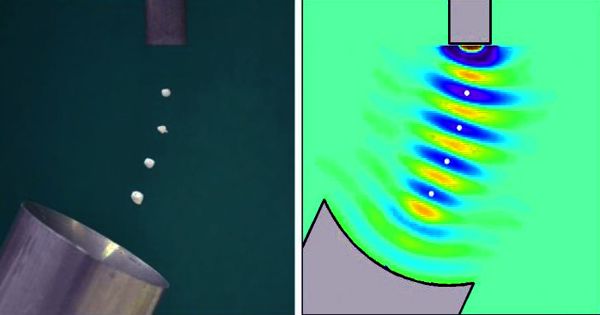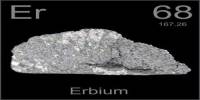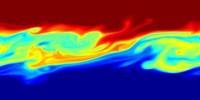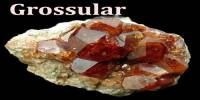Acoustic levitation uses acoustic radiation forces to counteract gravity and suspend objects in mid-air. It is a method for suspending matter in the air against gravity using acoustic radiation pressure from high-intensity sound waves. The idea that something so intangible can lift objects can seem unbelievable, but it’s a real phenomenon. A basic acoustic levitator has two main parts – a transducer, which is a vibrating surface that makes a sound, and a reflector.
Acoustic Levitation is a method for suspending matter in the air against gravity using acoustic radiation pressure from high-intensity sound waves.
Acoustic levitation takes advantage of the properties of sound to cause solids, liquids, and heavy gases to float. It works on the same principles as acoustic tweezers by harnessing acoustic radiation forces. The process can take place in normal or reduced gravity. However acoustic tweezers are generally small-scale devices that operate in a fluid medium and are less affected by gravity, whereas acoustic levitation is primarily concerned with overcoming gravity. In other words, sound can levitate objects on Earth or in gas-filled enclosures in space.
To understand how acoustic levitation works, you first need to know a little about gravity, air, and sound. First, gravity is a force that causes objects to attract one another. The simplest way to understand gravity is through Isaac Newton’s law of universal gravitation. Technically dynamic acoustic levitation is a form of acoustophoresis, though this term is more commonly associated with small-scale acoustic tweezers. An enormous object, like the Earth, easily attracts objects that are close to it, like apples hanging from trees. Scientists haven’t decided exactly what causes this attraction, but they believe it exists everywhere in the universe.
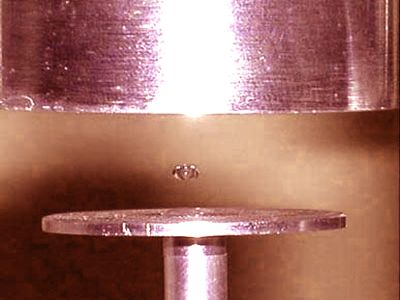
How Acoustic Levitation Works?
Typically sound waves at ultrasonic frequencies are used thus creating no sound audible to humans. A sound’s source is an object that moves or changes shape very rapidly. For example, if you strike a bell, the bell vibrates in the air. This is primarily due to the high intensity of sound required to counteract gravity. This area of higher pressure is compression. As the side of the bell moves back in, it pulls the molecules apart, creating a lower-pressure region called a rarefaction. However, there have been cases of audible frequencies being used.
The simplest and most commonly used acoustic levitator is comprised of a transmitter and an opposing reflecting surface. This type of device, however, is only able to levitate objects along one direction, at distances multiple of half of a wavelength. In space, where there is little gravity, floating particles collect in the standing wave’s nodes, which are calm and still. On Earth, objects collect just below the nodes, where the acoustic radiation pressure, or the amount of pressure that a sound wave can exert on a surface, balances the pull of gravity.
